November 23, 2015
The benefits of peeling back the layers of the workplace onion 0
 The onion metaphor is normally used to describe the layers which must be peeled away to get to the all-important “core” of a problem or issue. The biggest question that is normally asked with respect to choosing office space based on the promise of improved productivity, is quantifying the value of the various initiatives that might be contemplated or proposed. I can’t help but think of how complex that question is due to the many “layers” there are to work through to get to a final quantifiable answer. In its most simple form the question of productivity in the workplace, is confined to how staff utilise their time to undertake the tasks or duties that correspond to expected output. But of course it is not only their use of time, but the environmental influences associated their environment, both in the workplace, its surroundings (the actual building and the precinct in which it is located) and their method of travel to the office.
The onion metaphor is normally used to describe the layers which must be peeled away to get to the all-important “core” of a problem or issue. The biggest question that is normally asked with respect to choosing office space based on the promise of improved productivity, is quantifying the value of the various initiatives that might be contemplated or proposed. I can’t help but think of how complex that question is due to the many “layers” there are to work through to get to a final quantifiable answer. In its most simple form the question of productivity in the workplace, is confined to how staff utilise their time to undertake the tasks or duties that correspond to expected output. But of course it is not only their use of time, but the environmental influences associated their environment, both in the workplace, its surroundings (the actual building and the precinct in which it is located) and their method of travel to the office.










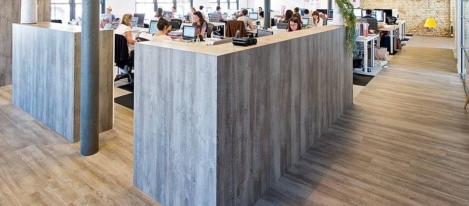
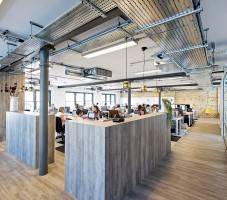


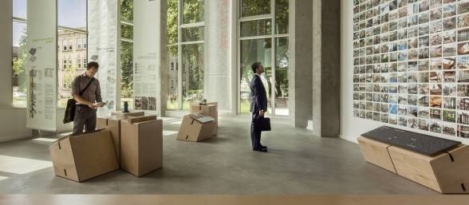


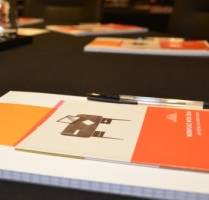

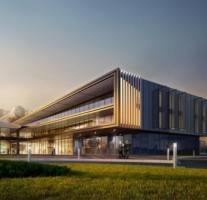



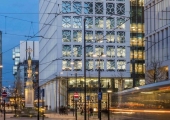




December 8, 2015
Linear equations are no longer enough to determine the size of offices
by Mark Eltringham • Comment, Facilities management, Furniture, Technology, Workplace design
In 2013, the US Census Bureau announced that the official human population of the Earth had exceeded 7 billion for the first time. This provoked people to raise concerns that were couched in Malthusian pessimism. Although people might have assumed we’d left behind this kind of flawed thinking, there is obviously something appealing about the idea that exponential population growth is unsustainable when resources increase only in arithmetical terms. We’ve got a problem but what we should have learned in the two centuries since Thomas Malthus first popularised the idea is that there are complex factors that can influence the resources we need to survive, not least in terms of greater efficiency in the way we produce them. A similar debate is also apparent in the way in which the commercial property market is able to offer the right sort of buildings for modern organisations.
(more…)